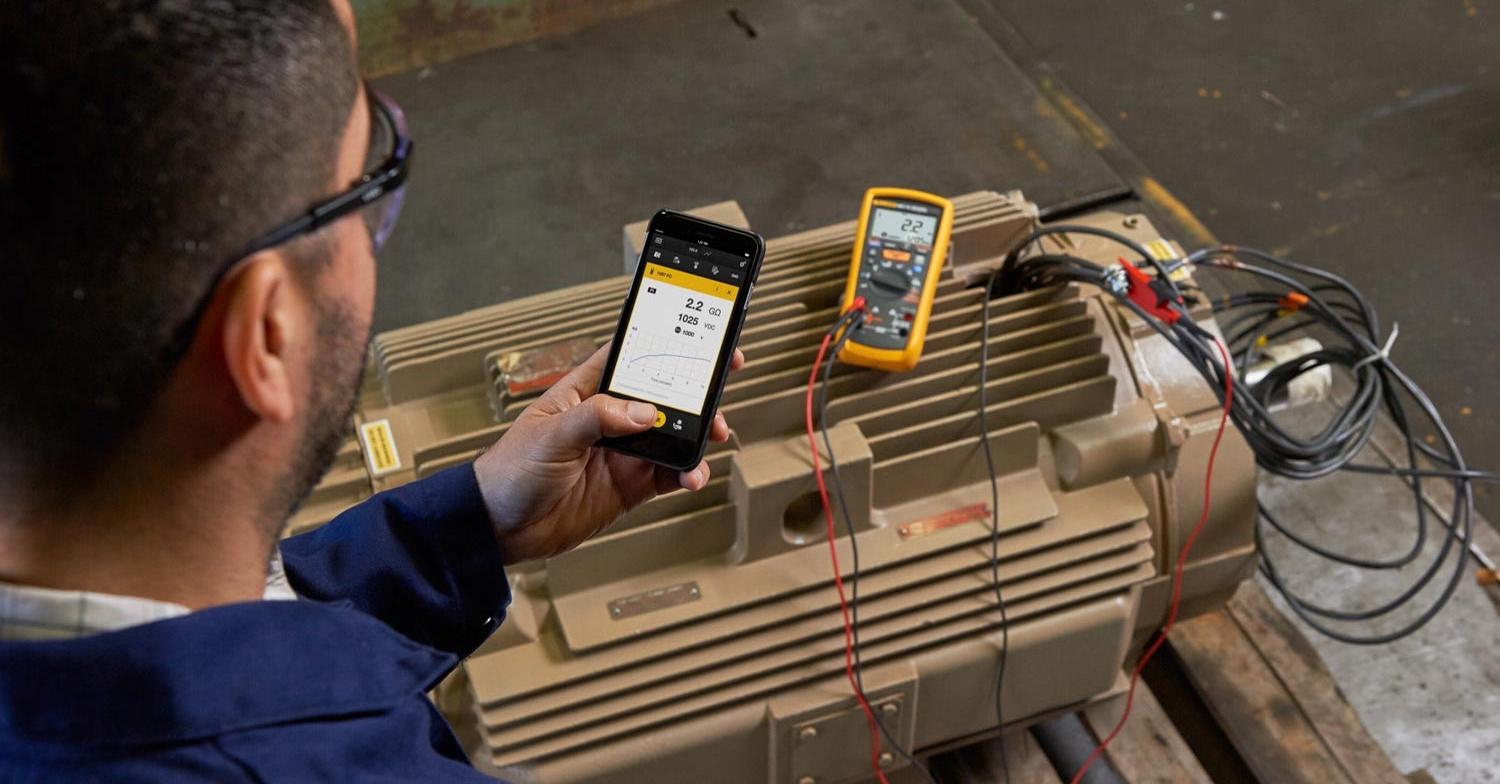Are you curious to know what is insulation resistance? You have come to the right place as I am going to tell you everything about insulation resistance in a very simple explanation. Without further discussion let’s begin to know what is insulation resistance?
In the intricate web of electrical systems and equipment, safety is paramount. Among the array of techniques and measurements designed to ensure safety, insulation resistance stands as a crucial factor. It plays a pivotal role in safeguarding both personnel and equipment from potential electrical hazards. In this blog, we will delve into the concept of insulation resistance, its significance in electrical systems, how it’s measured, and its role in preventing electrical mishaps.
What Is Insulation Resistance?
Insulation resistance, often abbreviated as IR, refers to the ability of an insulating material to resist the flow of electrical current through it. In electrical systems, conductors are surrounded by insulating materials to prevent unwanted leakage of current. Insulation resistance is a measure of how effectively these insulating materials prevent current from passing through, ensuring that electricity flows only along intended paths.
Significance Of Insulation Resistance
- Electrical Safety: The primary purpose of insulation resistance testing is to identify potential defects or deterioration in insulation that could lead to electrical leakage, short circuits, or even electrical shock hazards. By assessing insulation resistance, electrical professionals can preemptively address issues before they escalate into dangerous situations.
- Preventing Equipment Failure: Insulation breakdown can lead to equipment malfunction or failure, resulting in downtime, operational disruptions, and costly repairs. Regular insulation resistance testing helps detect insulation degradation, allowing for timely maintenance to prevent equipment breakdown.
- Compliance with Standards: Electrical safety regulations and standards mandate insulation resistance testing in various industries, such as manufacturing, construction, and healthcare. Complying with these standards not only ensures the safety of personnel but also demonstrates a commitment to following industry best practices.
Measuring Insulation Resistance
Insulation resistance is typically measured using a specialized instrument called a megohmmeter or insulation resistance tester. This device applies a high voltage DC signal to the component or system under test, and the resulting current flow is measured. The measured current, along with the applied voltage, is used to calculate the insulation resistance using Ohm’s law (R = V/I), where R is the resistance, V is the voltage, and I is the current.
Factors Affecting Insulation Resistance
Several factors can influence insulation resistance readings:
- Temperature: Insulation resistance is temperature-sensitive. As temperature increases, the resistance value tends to decrease. Therefore, measurements are often standardized to a specific temperature for accurate comparison.
- Humidity: Moisture can significantly impact insulation resistance, causing a decrease in resistance values. High humidity environments can lead to the formation of conductive paths through the insulation.
- Age and Condition: Over time, insulating materials can deteriorate due to environmental factors, thermal stress, and electrical stress. Older or damaged insulation may exhibit lower resistance values.
Conclusion
In the realm of electrical safety, insulation resistance emerges as a fundamental pillar. By understanding and monitoring the effectiveness of insulation materials in preventing unwanted electrical currents, professionals can ensure the safety of personnel, protect valuable equipment, and uphold the integrity of electrical systems. Regular insulation resistance testing not only aids in the prevention of accidents but also contributes to the seamless functioning of various industries that rely on intricate electrical systems. Embracing insulation resistance testing is a proactive step toward creating a secure and reliable electrical infrastructure.
FAQ
What Is The Purpose Of Insulation Resistance?
Insulation resistance (IR) is a measurement of how good or bad your insulation is, which can help give you an overall assessment of your electrical equipment’s health. By the way, no insulation is perfect—with infinite resistance—but good insulation has a relatively high resistance to current.
What Is The Formula For Insulation Resistance?
How is insulation resistance calculated and tested? We should all be familiar with Ohm’s law. If we apply a voltage across a resistor and then measured the consequential current flow, we can then use the formula R=U/I, (where U=Voltage, I=Current and R=Resistance) to calculate the resistance of the insulation.
What Happens If Insulation Resistance Is Low?
In addition, a low insulation resistance in installation will result in a leakage current, and hence causes a waste of energy which would increase the running costs of the installation.
How Do You Calculate Ir Value?
Typical guidance on IR values
IEEE 48 test standard recommends that the minimum IR value can be obtained from the following equation; IR1min = kV+ 1 [MΩ].
I Have Covered All The Following Queries And Topics In The Above Article
What Is The Unit Of Insulation Resistance
What Is Insulation Resistance
What Is Insulation Resistance Test
What Is The Unit Of Insulation Resistance?
What Is Insulation Resistance Testing
What Is Insulation Resistance Tester
What Is The Minimum Acceptable Value Of Insulation Resistance
What Is The Purpose Of Insulation Resistance Test
What Is The Insulation Resistance
What Is Insulation Resistance Of Motor
What Is Insulation Resistance Of Cable
What Is Minimum Insulation Resistance
What Is Insulation Resistance
What insulation resistance means

